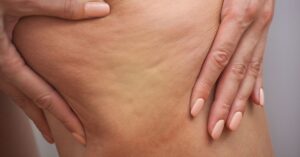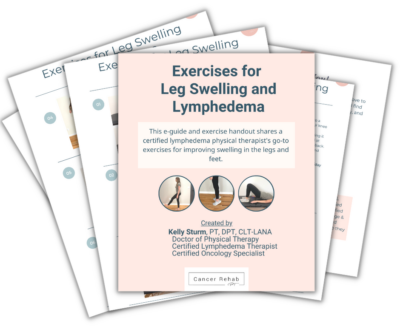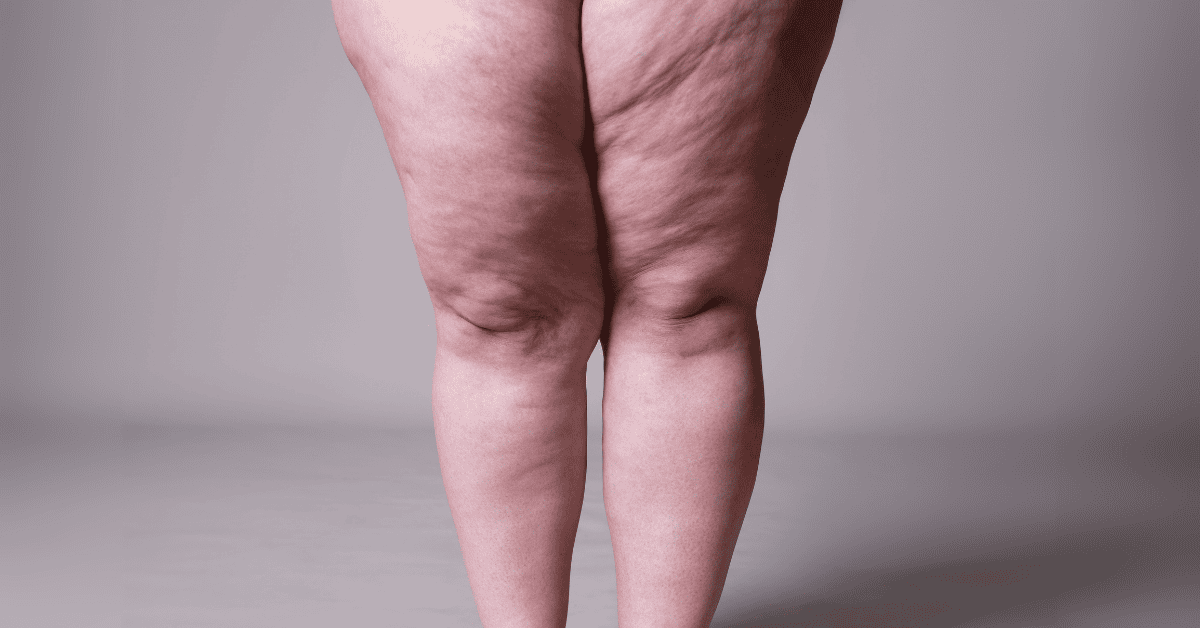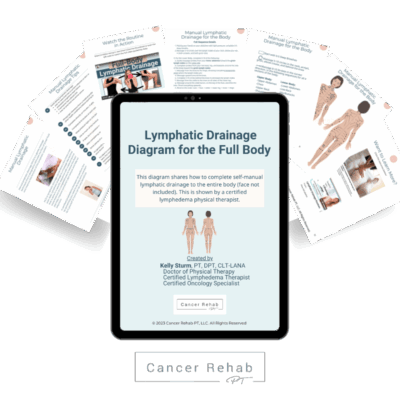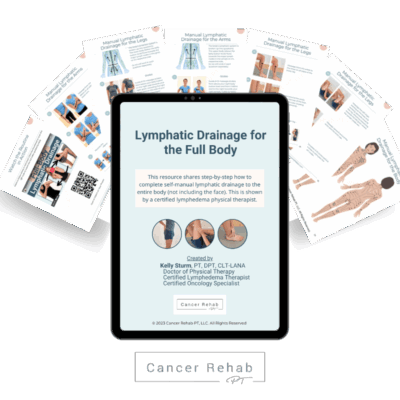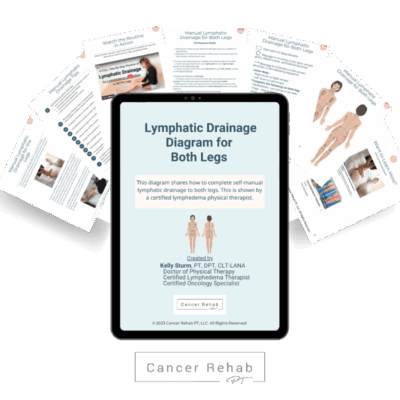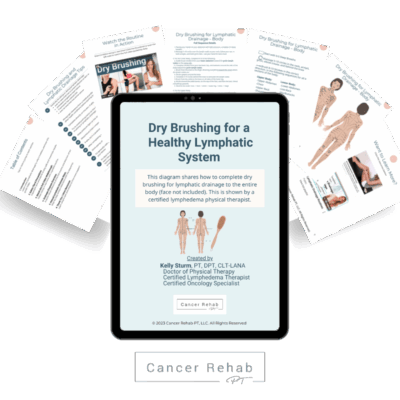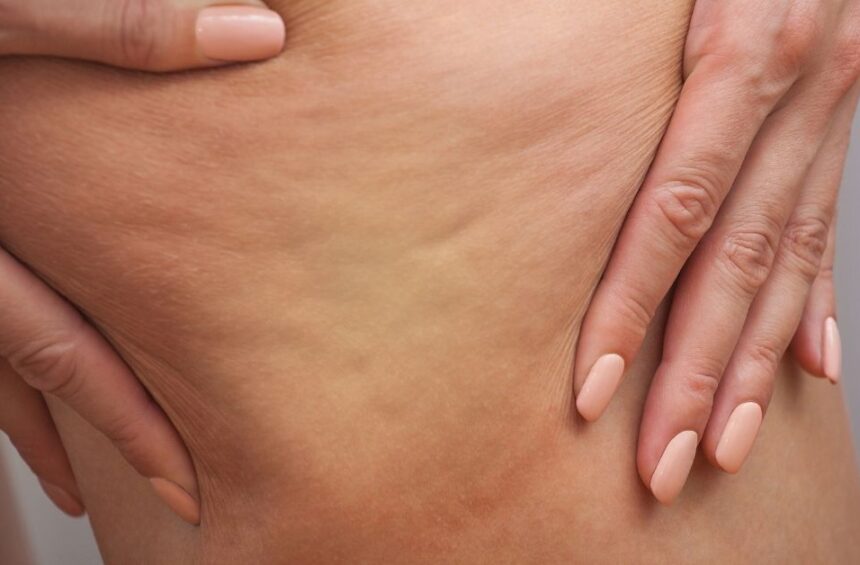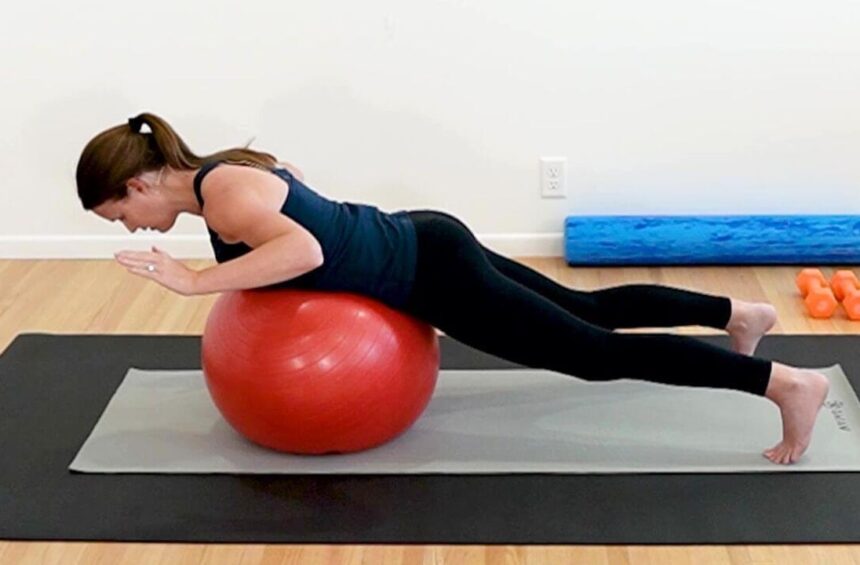Liposuction for lipedema offers hope to millions of women struggling with this painful and often misunderstood condition. While there are conservative ways to treat lipedema without surgical intervention, liposuction procedures can often help create additional and meaningful relief.
This isn’t a cosmetic surgery. Liposuction for lipedema is a medical treatment for this chronic disorder. Maybe your doctor mentioned liposuction, or you’ve seen success stories online, but you’re feeling overwhelmed trying to figure out if it’s the right option for you.
Here’s everything you need to know.
What Is Lipedema?
Lipedema is a chronic condition where abnormal fat accumulates symmetrically in the legs, arms, and sometimes torso. This fat behaves differently from normal fat tissue. It doesn’t respond to diet or exercise and often feels tender or painful to touch.
Lipedema fat typically creates a distinctive pattern, with enlarged thighs and lower legs that stop at the ankles, leaving the feet at their normal size.
This condition almost exclusively affects women.
Research estimates that 10-11% of women—approximately 400 million people worldwide—have lipedema, yet many remain undiagnosed.
One of the most heartbreaking things I see in my practice is women who’ve been told for years that they just need to “diet harder” or “exercise more.” If you’ve been through this, you’re not alone.
Lipedema fat really doesn’t respond the way normal fat does, and that’s not your fault.
Lipedema progresses through stages, from mild fat deposits under smooth skin to severe cases with large, protruding fat bulges that can limit mobility.
In advanced stages, the excess fat can even compress the lymphatic system, leading to a secondary condition called lipo-lymphedema.
Does Liposuction Work for Lipedema?
Yes, liposuction can be effective for treating lipedema. However, it requires special techniques and expertise. Traditional cosmetic liposuction isn’t appropriate for lipedema because it can damage the fragile lymphatic vessels that run through the lipedema tissue.
Tumescent liposuction and water-assisted liposuction (WAL) are the preferred methods for lipedema treatment.
These gentler techniques use smaller cannulas and more careful approaches to remove the abnormal fat while preserving lymphatic function.
Liposuction can be life-changing for many people with lipedema, but it’s not a cure. This might feel disappointing to hear, but I want to be honest with you about what to expect.
Some fat cells typically remain and can still accumulate over time, especially with hormonal changes. Most patients will still need to do physical therapy and other forms of conservative treatment to keep their lipedema symptoms in check.
Liposuction for Lipedema
There are two main surgical procedures available for patients suffering from lipedema: tumescent liposuction and water-assisted liposuction.
Tumescent Liposuction for Lipedema
During tumescent liposuction, your doctor will inject large amounts of diluted local anesthetic into the fat tissue before removing it. This fluid makes the fat swell and become firm for the surgical treatment.
This solution contains numbing medication (lidocaine), something to reduce bleeding (epinephrine), and saline to help separate the fat from surrounding tissues. This creates a safer surgical environment with less bleeding and trauma to the lymphatic vessels that run through lipedema tissue.
During the procedure, the surgeon uses small, thin tubes called microcannulas to gently suction out the swollen fat.
The local anesthetic provides pain relief, and it’ll help you feel more comfortable for 12-24 hours after the surgery, too.
Water-Assisted Liposuction for Lipedema
Water-assisted liposuction (WAL) uses a gentle stream of pressurized saline solution to loosen fat cells before removing them. This technique creates less trauma compared to traditional methods that rely only on suction.
The WAL device sprays saline solution in a fan-shaped pattern, and it also simultaneously suctions out the loosened fat and fluid.
This helps preserve your blood vessels, nerves, and lymphatic vessels while removing the lipedema fat. Many patients also experience less post-operative swelling and bruising with this technique.
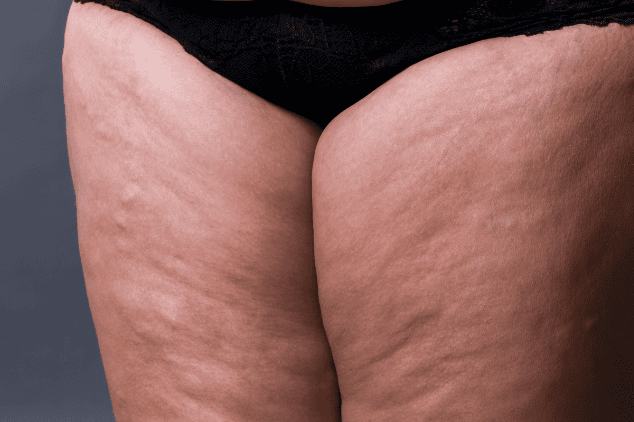
What Is the Best Liposuction for Lipedema?
Both tumescent and water-assisted liposuction are good options for removing excess fatty tissue with lipedema. The best choice for you often depends on the stage of your lipedema and your surgeon’s expertise.
Traditional tumescent liposuction has the longest track record for lipedema treatment and extensive research supporting its safety. However, water-assisted liposuction may offer advantages for patients with denser and more advanced lipedema fat.
Overall, it comes down to which liposuction technique your surgeon is most skilled at and which one they recommend for your particular case.
So, Does Liposuction Work for Lipedema?
Yes, liposuction can work for many.
In my experience working with patients before and after surgery as a physical therapist, many people see meaningful improvements. I’ve worked with women who couldn’t find pants that fit properly for years, and after surgery, they were able to shop in regular stores again. Others have told me that the biggest change was being able to walk without pain.
It’s not a cure, since lipedema is a chronic condition, but many people report less pain, improved mobility, and being able to wear regular clothing again.
Early-stage lipedema typically responds better to treatment, but even advanced lipedema can show significant improvement.
However, some abnormal fat cells remain and can grow back over time, especially during hormonal changes like menopause. It’s important to still continue with conservative treatments, such as compression therapy, to maintain and improve your quality of life.
Learn how to put your compression socks on.
Liposuction for Lipedema and Lymphedema
Lymphedema and lipedema aren’t the same thing, but you can have both.
Lymphedema is a condition where lymph fluid builds up in tissues, causing swelling. This happens when lymphatic vessels become damaged or blocked.
People with advanced lipedema can develop lymphedema as a secondary condition. The large amounts of lipedema fat compress and damage lymphatic vessels over time. This combination is called lipo-lymphedema.
Liposuction for lipedema can sometimes, unfortunately, damage lymphatic vessels and trigger lymphedema in people who didn’t have it before.
This risk is higher with aggressive techniques or when large volumes of fat are removed too quickly.
Patients who already have lymphedema face additional surgical risks.
If you already have lymphedema along with your lipedema, surgery becomes more complex. Your lymphatic system is already working harder than it should, so adding surgical trauma requires extra care and planning.
If you have lipedema, techniques like manual lymphatic drainage can help you prevent secondary lymphedema from developing. Or, in case you already experience swelling, it can help reduce it.
Start with these helpful guides:
Learn more about preventing lymphedema, with tips and exercises from a certified lymphedema therapist.
Liposuction for Lipedema Recovery
Recovery from lipedema liposuction usually takes around 6-12 weeks.
One thing that can make a major difference for your recovery after liposuction is physical therapy.
Typically, this involves seeing a certified lymphedema therapist who’ll show you manual lymph drainage techniques to move fluid out of the surgical areas and reduce swelling.
Other recovery activities include:
- Compression therapy
- Physical activity
- Proper hydration and nutrition
- Skin care
In my experience treating patients after liposuction procedures, vibration plate exercises are a great way to support your lymphatic system and prevent or reduce secondary swelling.
Can You Get Rid of Lipedema Without Liposuction?
Conservative therapy can’t eliminate lipedema fat, but it can slow progression and reduce symptoms. These treatments work best in early-stage lipedema before the fat becomes hard and fibrotic.
Lipedema management options include:
- Low-impact exercise, such as swimming, walking, and cycling, can improve circulation
- Anti-inflammatory or ketogenic dietary approaches to reduce inflammation
- Vibration plate therapy to improve circulation and reduce fluid buildup
- Compression therapy
- Manual lymphatic drainage or pneumatic compression pumps
A common frustration with lipedema is that it doesn’t respond to diet and exercise the way normal fat does. In my practice, I’ve seen women spend years trying to lose weight through calorie restriction and intense exercise before getting a proper lipedema diagnosis.
Exercise and dietary approaches for lipedema don’t focus on fat loss.
Their goal is to help with circulation, inflammation, and lymphatic health. Regular movement helps pump lymph fluid and reduces heaviness and aches, and anti-inflammatory foods may decrease pain and swelling.
This is something you’ll have to continue doing even after the liposuction.
FAQs
Does Insurance Cover Liposuction for Lipedema?
It depends. Some private insurers may cover lipedema surgery if you meet certain criteria. These typically include documented conservative treatment failure, the severe impact of lipedema on your quality of life, and evaluation by specialists who understand lipedema. Finding a doctor who understands lipedema and its stages will improve your chances of coverage.
Does Lipedema Go Away with Liposuction?
Liposuction procedures can improve lipedema, but they don’t cure it. Unfortunately, lipedema has no known cure. However, the surgery can remove large amounts of abnormal tissue, which often leads to meaningful reductions in pain and improvements in mobility.
You’ll still need conservative therapy to maintain these results, and sometimes, lipedema fat cells can accumulate again over time because of the hormonal changes during menopause or pregnancy.
Can You Remove Lipedema Without Surgery?
No current non-surgical treatment can remove lipedema fat deposits. Conservative therapies help manage symptoms and slow progression, but they can’t remove lipedema. However, some patients with mild, early-stage lipedema manage well with conservative treatment alone.
How Often Do You Need Liposuction for Lipedema?
This really depends on your individual situation. Many people need 2-4 surgeries to treat all affected areas, spaced several months apart. It depends on how extensive your lipedema is and how much fat can be safely removed in each session.
Your surgeon will work with you to develop a treatment plan that makes sense for your specific case.
So, Is Lipedema Liposuction Worth It?
Liposuction for lipedema can bring life-changing improvements for many people. However, it’s not the most appropriate form of lipedema treatment for everyone, and there are risks associated with it, just like with any other surgery.
Some people experience complications like infection, blood clots, or damage to lymphatic vessels. There’s also a chance that lipedema tissue could grow back over time, especially during hormonal changes.
As a physical therapist, what concerns me most is when people don’t get proper pre- and post-operative care. Working with a certified lymphedema therapist before and after surgery can help minimize complications and improve your results.
For the most effective treatment, it’s important to take care of your lymphatic system with techniques like lymphatic drainage massage and regular exercise.
If you’re not sure where to start, I have a few different guides & resources that’ll be helpful:


